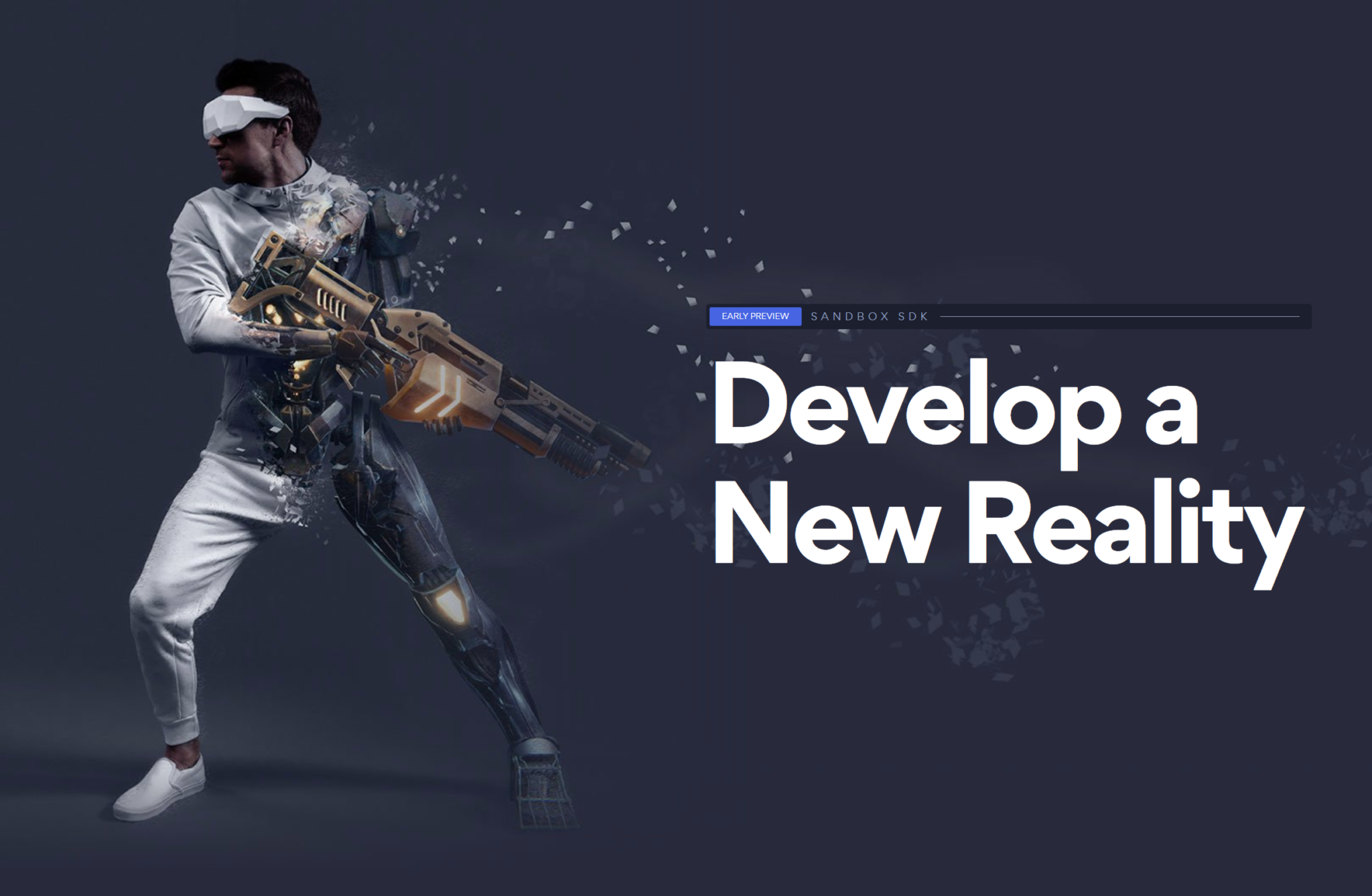
February 19, 2020 – Sandbox VR has announced that it is building an SDK for its holodeck platform, which will allow anyone to develop new immersive experiences for guests at Sandbox’ holodeck locations. Sandbox’ holodeck experiences combine virtual reality technology, high-quality content, and high fidelity haptics, in a space that grants users complete freedom of motion.
As part of the announcement, Idan Beck, Chief Technology Officer at Sandbox VR, commented: “What we provide in our holodecks has to not be just a little better than what users can get at home (which is a rapidly improving standard), it has to be an order of magnitude better. If we don’t hit that standard of quality, people will stop coming in at all.”
As a result, the company states that its SDK will have capabilities such as high-performance inverse kinematics, rigging, and motion capture capabilities. Furthermore, it will support popular commercial engines like Unity (which the company already uses for its own experiences), Unreal, and native. Sandbox will also aim to make it as easy as possible for developers to build experiences that can take full advantage of the custom high-performance peripherals that are used within the holodecks.
The following components are being built and will be made available to early developers later this year:
SBVR Runtime
The Sandbox VR Holodeck consists of numerous computing systems communicating on an extremely low-latency network. All these computing systems need to operate as one, and the SBVR runtime is built to provide the interface and services to enable a consistent virtual environment.
Target Agnostic Build, Packaging, and Update Framework
A core part of the Sandbox SDK is a target agnostic project generation and packing system. Sandbox states that generating a new project, developing a new component, or updating to the most recent version of the SDK should be a “one-button” operation.
Motion Capture Framework
Holodeck experiences are made possible by “movie quality” Motion Capture technology. These are relatively expensive systems that pick up wearable trackers which are converted into a point cloud, which is in turn ingested by Sandbox’ Inverse Kinematics (IK) system. The motion capture framework will put in placeholders that allow developers to build for VR without the need for their own expensive systems, and will translate this information correctly when deployed to a full-body motion-captured holodeck experience.
Native High-Performance Inverse Kinematics
Inverse Kinematics allows the above mentioned motion capture data to be converted into rigging information for a given character. This is the technology that gives players a full virtual body, and is technology that Sandbox states it wants to be on the bleeding edge of, since the quality of the company’s IK is one of the most important things to ensuring a great user experience.
Hardware IO Framework
Sandbox has already started building custom hardware peripherals to power its experiences, and already has a handful of ‘4D effects. Over time it wants to add more capabilities to improve its haptics, peripherals and holodeck environment. From a development standpoint, the Sandbox SDK will include a general hardware framework that will make this hardware function properly.
Networking Framework for data and audio
As mentioned, holodecks are essentially several computers all wired up to work together, and therefore need to have fast networking, according to the company. Audio is a big component for holodeck experiences, as it allows players to communicate whilst immersed. As a result, the networking framework the company is building will make it possible to create a mocked up multi-user development environment that will be easy to test and build in.
Overall, the Sandbox SDK is being built to provide developers with a system that is easy to work with, and should enable them to develop a Sandbox Experience without necessarily requiring access to a Sandbox holodeck.
Anyone interested in becoming a Sandbox developer should visit the company’s new developer page to sign up and be the first to learn of updates and join the Sandbox developer community.
Image credit: Sandbox VR
About the author
Sam is the Founder and Managing Editor of Auganix. With a background in research and report writing, he has been covering XR industry news for the past seven years.
